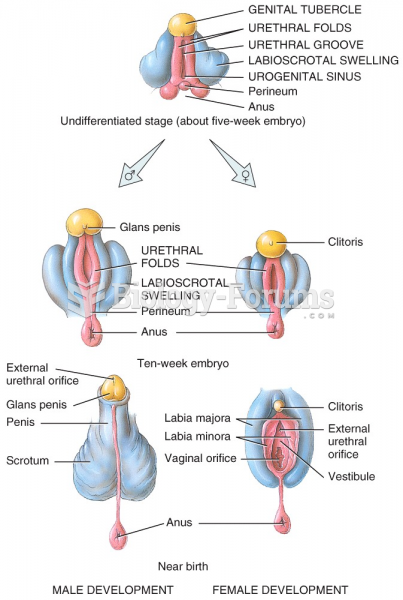Answer to Question 1
B2B commerce has evolved over a 35-year period through several technology-driven stages. The major stages in this evolution were the development of automated order entry systems, electronic data interchange (EDI), digital storefronts, private industrial networks, and Net marketplaces.
Automated order entry systems began in the mid-1970s with the use of telephone modems to send digital orders to health care products companies. Modems were eventually replaced by personal computers using private networks in the late 1980s and by Internet workstations accessing electronic online catalogs in the late 1990s.
By the late 1970s, a new form of computer-to-computer communication called electronic data interchange (EDI) emerged. EDI is a communications standard for sharing business documents such as invoices, purchase orders, shipping bills, product stocking numbers (SKUs), and settlement information among a small number of firms. Virtually all large firms have EDI systems, and most industry groups have industry standards for defining documents in that industry.
B2B e-commerce websites emerged in the mid-1990s along with the commercialization of the Internet. These storefronts are online catalogs of products made available to the public marketplace by a single supplier.
Net marketplaces emerged in the late 1990s as a natural extension and scaling up of the electronic storefronts. These marketplaces bring hundreds to thousands of suppliers each with electronic catalogs and potentially thousands of purchasing firms into a single Internet-based environment to conduct trade.
Private industrial networks also emerged in the late 1990s as a natural extension of EDI systems and the existing close relationships between large industrial firms and their suppliers. Private industrial networks (also referred to as private trading exchanges, or PTXs) are Internet-based communication environments that extend far beyond procurement to encompass truly collaborative commerce. Private industrial networks permit buyer firms and their principal suppliers to share product design and development, marketing, inventory, production scheduling, and unstructured communications. These networks are the most prevalent form of Internet-based B2B commerce, and this will continue into the foreseeable future.
Answer to Question 2
Before the Internet, business-to-business transactions were referred to simply as trade or the procurement process. The term B2B commerce refers to all types of inter-firm trade to exchange value across organizational boundaries. B2B commerce includes the following business processes: customer relationship management, demand management, order fulfillment, manufacturing management, procurement, product development, returns, logistics/transportation, and inventory management. The term B2B e-commerce (or B2B digital commerce) refers to that portion of B2B commerce that is enabled by the Internet (including mobile apps) to assist firms in buying and selling a variety of goods to each other. The links that connect business firms in the production of goods and services are referred to as the supply chain. Supply chains are a complex system of organizations, people, business processes, technology, and information, all of which need to work together to produce products efficiently. The process of conducting trade among businesses consumes many business resources. Across the economy this amounts to trillions of dollars spent annually on procurement processes. If a significant portion of this inter-firm trade could be automated and parts of the procurement process assisted by the Internet, millions or even trillions of dollars could be freed up for other uses resulting in increased productivity and increased national economic wealth.







